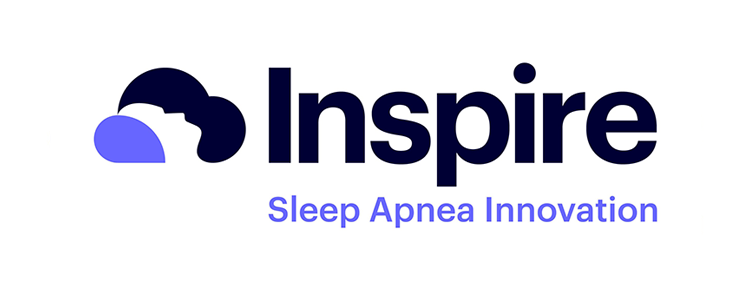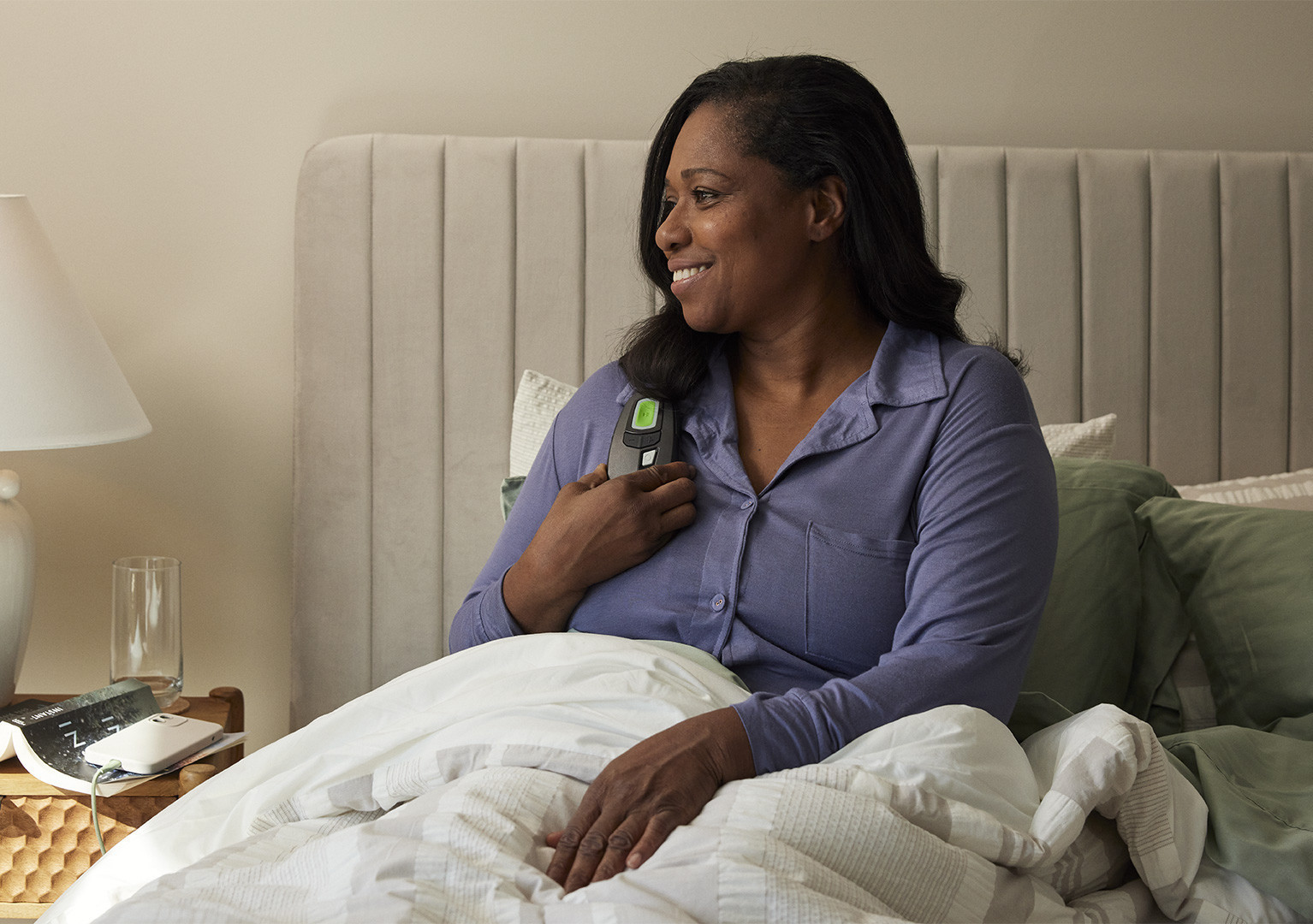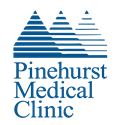Polysomnography
Polysomnography is a test of sleep cycles and stages. It measures and
records physiologic patterns of sleep, including brain waves, eye
movement, breathing rates, electrical activity of muscles, blood oxygen
levels, and heart rhythm. This test is performed to evaluate sleep
disorders such as insomnia, obstructive sleep apnea, breathing
difficulties, behavior disturbances during sleep (sleep walking, night
terrors), or other sleep disorders.
Polysomnograms are usually carried out during the night so that your
normal sleep patterns can be replicated. In preparation for the test,
the sleep technician will place electrodes on your chin, scalp, and the
outer edge of your eyelids. In addition, monitors recording heart rate
and breathing rate will be attached to your chest. Other diagnostic
tests may also be performed.
Virtually every detail of your night’s sleep will be recorded,
including how long it takes you to fall asleep, how often your eyes
open, how long it takes you to enter each phase of sleep, and how long
you remain in each phase. Sometimes your physical movements will be
recorded by video camera. To prepare for this test, follow your
physician’s guidance on which of your medications to take or avoid, and
do not drink alcohol or caffeinated beverages before the test.
PAP (Positive Airway Pressure) titration is a test that is performed once obstructive sleep apnea has been diagnosed. You will be monitored in the same way as mentioned in the previous section, yet during this test you will be fitted with a mask that is attached to a breathing machine. You will breathe as normally as possible, while varying levels of airflow pressure are applied to determine the level at which your airway remains open and apnea is eliminated. If indicated, you will be fitted for the complete system, consisting of a programmable pressure generator, tubing, and mask.
A Multiple Sleep Latency Test (MSLT) is an accurate way to measure daytime sleepiness and is a valuable tool in the diagnosis of other sleep related disorders. The test consists of five seperate sleep opportunities spaced two hours apart. A MSLT is usually preceded by a polysomnograph. The test takes up to 8 hours to complete.
To perform this test, the sleep technologist will apply electrodes to your scalp, around your eyes, under your chin, and on your chest. You will then be asked to lie down on a bed in a private room. The technologist may ask you to follow a few simple commands (look to the left and right, swallow), and then the lights will go down and you will be allowed to fall asleep.
For the first 20 minutes of every 2-hour period, you will be monitored for the time it takes you to fall asleep. After these brief sleep periods you will be awakened and asked to stay awake until the next sleep time. Between sleep times, you are free to watch television, have a visitor, or read.
Breakfast and lunch will be provided.
The following restrictions apply during this test:
- NO caffiene. This includes all caffeinated drinks and chocolate and some over-the-counter medications.
- NO Smoking. Pinehurst Medical Clinic maintains a smoke-free campus for the health of our patients and employees.
- NO Sleeping between recording sessions.
- NO Alcoholic beverages the night before or the day of the test.
A maintenance of wakefulness test measures your ability to stay awake during a designated period of time. This test is similar to the multiple sleep latency test in that electrodes will be attached and you will be monitored at 2-hour intervals throughout the day. However, this test is designed to measure your ability to stay awake, whereas a multiple sleep latency test analyzes how long it takes you to fall asleep when you are allowed to sleep.
For the MWT you will be placed in a semi-reclined position in a comfortable, darkened room, and asked to stay awake and avoid napping. The sleep technologist will record your brain wave activity and determine if you fall asleep, and if so, how quickly and for how long. You will also be asked to report whether or not you believe you fell asleep, and if so whether or not you dreamed. This test takes up to 8 hours to complete.
The same conditions and restrictions apply as in the MSLT (see last paragraph under MSLT above) .
Nocturnal oximetry is the measurement of blood oxygen levels during sleep. In some cases, this procedure may be done at home using a small, portable oximeter equipped with a memory module that can record a full night of oxygen and pulse rate data. Your physician may use this information to help diagnose pulmonary problems, sleep apnea, and other sleep-related disturbances. Depending on the findings, you may be referred to a sleep disorders specialist.







